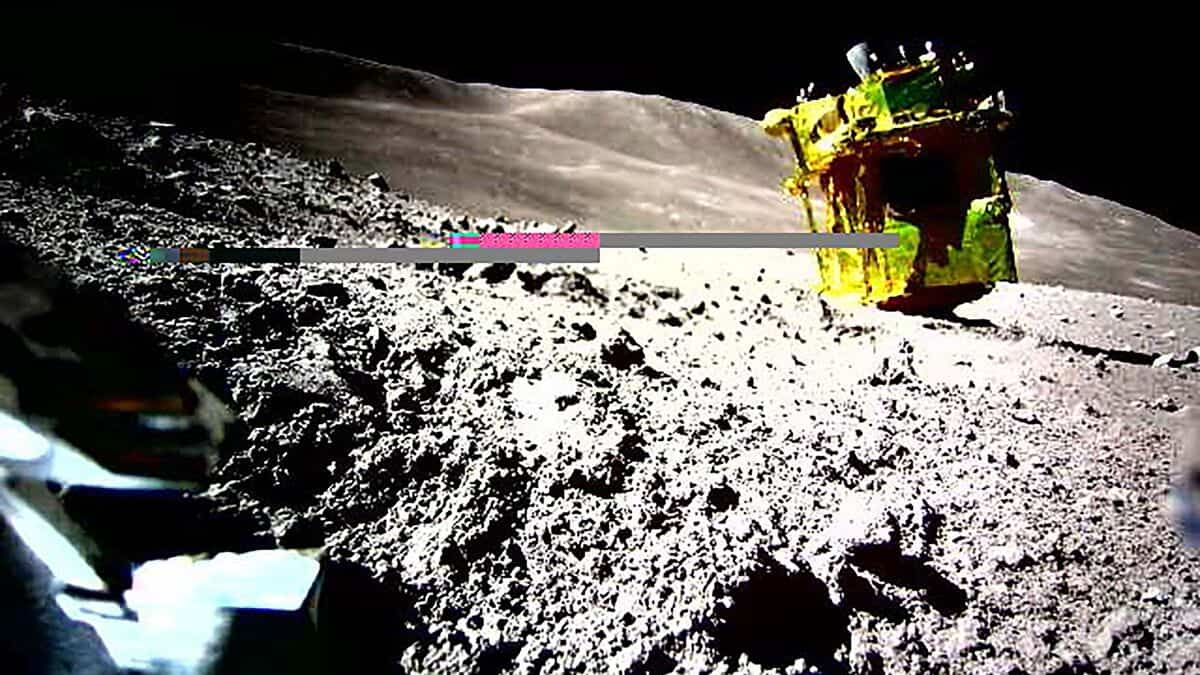
The moon now has another crater. A rocket platform dormant for years crashed into it on Friday, according to experts, but the event cannot be directly monitored, and it will still be necessary to wait for evidence in photos.
• Read also: direct | The ninth day of clashes in Ukraine
• Read also: Many refugees from Ukraine arrive in Poland
• Read also: $11.5 million to support businesses in downtown Ottawa
The collision occurred at 12:25 BST on the far side of the moon, according to astronomer Bill Gray, who identified the upcoming collision for the first time.
He told AFP that the cylindrical body, which was racing at a speed of more than 9,000 km / h, should have dug a hole “10 to 20 meters in diameter.”
Its trajectory was calculated using observations made by telescopes on Earth. “We have a lot of data on this object,” Bill Gray said. “Unless it is pulled by an evil hand, the moon has hit this morning.”
The identification of the rocket in question has been discussed, as no one is officially responsible for listing and tracking space waste in deep space.
Mr. Gray, creator of the software used by NASA-funded observational programs, monitors them so they are not confused with asteroids, and therefore unnecessarily studied.
After initially believing the remains were from a SpaceX rocket, he eventually declared it to be a Chinese craft. More specifically, the stage of the Long March rocket, which launched in 2014 for a mission called Chang’e 5-T1, as part of the country’s lunar exploration program.
Beijing denied, stressing that the stage “entered without danger in the Earth’s atmosphere and was completely burned.” But according to Bill Gray, China confused two missions with similar names, and was actually talking about launching a missile much later.
Be that as it may, the crater can only be observed by NASA’s LRO (LRO (Lunar Reconnaissance Orbiter)) probe, or Indian Chandrayaan-2, both of which are in orbit around this star.
The US space agency had confirmed at the end of January that it wanted to find the hole, but warned that the process could take “weeks”.
According to Bill Gray, the two probes can observe any lunar region once a month.
It is not unusual for rocket stages in the universe to be abandoned after paying for what they were launched for. But this is the first time such an unintended collision with the Moon has been identified.
On the other hand, rocket stages have already been launched on the Moon for scientific purposes in the past, such as the Apollo flights.
The study of the crater that formed and the material that was moved could lead to the development of geoscience, the scientific study of the moon.






